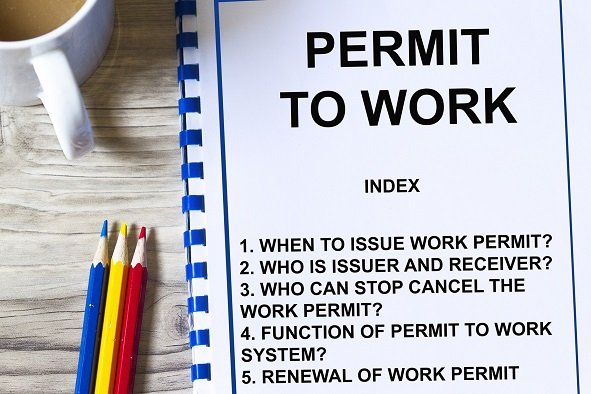Safe Use of Power Tools – 12 Modules | One Day USD: 150/- and Two Day USD: 250/- Per Pax.
Description
Module 1: Introduction to Power Tool Safety
- Importance of safe power tool use
- Types of power tools (portable, stationary, pneumatic, hydraulic, electric)
- Common causes of accidents and injuries
Module 2: Legal and Safety Standards
- OSHA, ISO, and manufacturer safety requirements
- Employer and employee responsibilities
- Importance of compliance and supervision
Module 3: Hazard Identification and Risk Assessment
- Electrical hazards, mechanical hazards, noise, and vibration
- Flying debris, dust, sparks, and fire risks
- Pre-use hazard analysis and control measures
Module 4: General Safety Precautions for Power Tools
- Safe handling, posture, and workspace setup
- Securing workpieces and avoiding distractions
- Maintaining safe distance from moving parts
Module 5: Selection of the Right Tool for the Job
- Understanding tool specifications and capacity
- Avoiding misuse or modification of tools
- Inspection before use to ensure tool integrity
Module 6: Personal Protective Equipment (PPE)
- Eye and face protection
- Hearing protection and gloves
- Protective clothing and respiratory protection
Module 7: Safe Electrical Practices
- Grounding and double insulation
- Proper use of extension cords and plugs
- Avoiding wet or damp environments
Module 8: Operation and Handling Techniques
- Safe startup, use, and shutdown procedures
- Avoiding overreaching and improper body positions
- Awareness of tool kickback and vibration hazards
Module 9: Maintenance, Cleaning, and Storage
- Regular inspection and servicing
- Cleaning procedures for different tool types
- Proper storage and labeling of tools
Module 10: Common Power Tool Types and Specific Precautions
- Drills, grinders, saws, sanders, and impact tools
- Pneumatic and hydraulic tools
- Special considerations for battery-powered tools
Module 11: Emergency Response and Incident Reporting
- Responding to electrical shock, cuts, or burns
- Safe shutdown during tool malfunction
- Reporting and documenting incidents
Module 12: Training, Supervision, and Continuous Improvement
- Importance of operator competency and certification
- Supervisor’s role in safe tool use
- Reviewing lessons learned and promoting safety culture
View more Courses
Hi, Welcome back!




